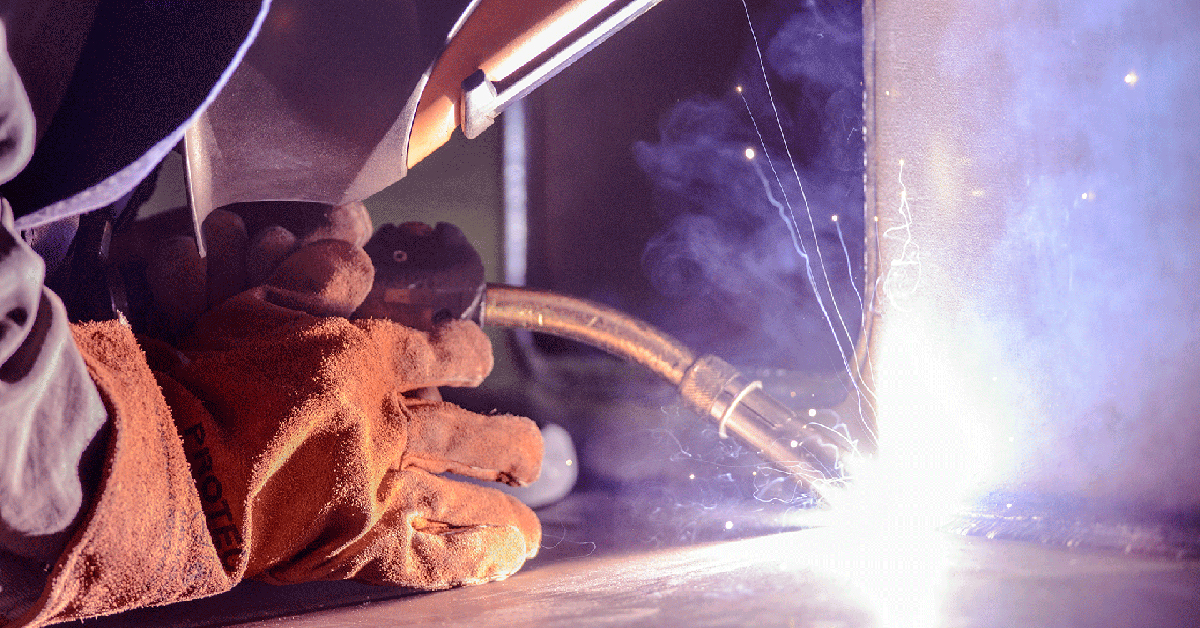Expert Methods for Preventing Weld Undercut Effectively
Expert Methods for Preventing Weld Undercut Effectively
Blog Article
Grasping the Art of Welding: Exactly How to Stay Clear Of Undercut Welding Issues for Flawless Fabrication Results
By recognizing the origin creates of undercut welding and carrying out efficient strategies to avoid it, welders can elevate their craft to brand-new degrees of quality. In the search of perfect construction results, understanding the art of welding to stay clear of undercut concerns is not just a skill yet a need for those making every effort for excellence in their work.
Recognizing Undercut Welding

To protect against undercut welding, welders should guarantee appropriate welding criteria, such as adjusting the current, voltage, travel speed, and preserving the proper electrode angle. By recognizing the reasons of undercut welding and applying preventative steps, welders can accomplish top notch, structurally audio welds.
Reasons For Undercut in Welding
Comprehending the variables that contribute to damage in welding is essential for welders to generate high-quality, structurally sound welds. Undercutting occurs when the weld metal does not properly load the groove developed in between the base metal and the previously deposited weld steel. Several variables can cause damage in welding. One common reason is extreme warm input. Welding at high temperature levels for prolonged periods can cause the base steel thawing more than desired, bring about damage. Inadequate welding wrong or current welding speed can additionally add to damage. Insufficient current might not give adequate warm to thaw the base and filler metals effectively, while too much speed can stop appropriate blend, triggering undercut. In addition, inappropriate electrode angles or incorrect lantern control strategies can produce locations of low weld metal deposition, advertising undercut. Comprehending these reasons and executing correct welding techniques can aid stop damaging issues, making certain solid and long lasting welds.
Techniques to avoid Undercutting

To mitigate the risk of damaging in welding, welders can employ tactical welding methods targeted at improving the high quality and stability of the weld joints. One efficient technique is to change the welding specifications, such as voltage, present, and take a trip speed, to ensure proper heat input and deposition. Maintaining an appropriate electrode angle and making certain regular traveling Your Domain Name speed can likewise aid protect against undercut. In addition, making use of the right welding method for the details joint configuration, such as weave or stringer grains, can add to minimizing undercutting. Preventing weld undercut.
Moreover, proper joint prep work, including ensuring tidy base materials without impurities and utilizing the ideal welding consumables, is critical in stopping undercut defects. Using back-step welding techniques and regulating the weld bead account can likewise aid distribute heat equally and lessen the danger of undercut. Normal evaluation of the weld joint during and after welding, along with implementing quality control procedures, can aid in resolving and spotting damaging concerns quickly. By applying these techniques carefully, welders can attain remarkable construction results with marginal undercut issues.
Value of Appropriate Welding Criteria
Picking and keeping proper welding specifications is vital for accomplishing effective welds with very little problems. Welding parameters describe variables such as voltage, existing, take a trip speed, electrode angle, and protecting gas flow rate that straight affect the welding process. These parameters must be carefully changed based upon the sort of material being bonded, its density, and the welding method employed.
Correct welding criteria guarantee the best quantity of warm is put on thaw the base metals and filler material evenly. If the criteria are established also high, it can cause excessive warmth input, creating distortion, burn-through, or spatter. On the various other hand, if the specifications are too reduced, incomplete blend, lack of infiltration, or undercutting might occur.
Top Quality Assurance in Welding Procedures

Final Thought
Finally, grasping the art of welding requires an extensive understanding of undercut welding, its causes, and methods to stop it. By guaranteeing proper welding parameters and implementing top quality assurance methods, flawless manufacture outcomes can be accomplished. It is important for welders to consistently make every effort for quality in their welding operations to avoid undercut concerns and create top quality welds.
Undercut welding, a common issue in welding processes, occurs when the look at this site weld steel doesn't effectively load the groove and leaves a groove or depression along the bonded joint.To stop undercut welding, welders should make certain proper welding specifications, such as readjusting the present, voltage, traveling speed, and keeping the appropriate electrode angle. Poor welding current or incorrect welding rate can likewise contribute to damage.To reduce the danger of undercutting in welding, welders can utilize strategic welding strategies aimed at improving the quality and honesty of the weld joints.In conclusion, understanding the art of welding requires a complete understanding of undercut welding, its causes, and techniques to avoid it.
Report this page